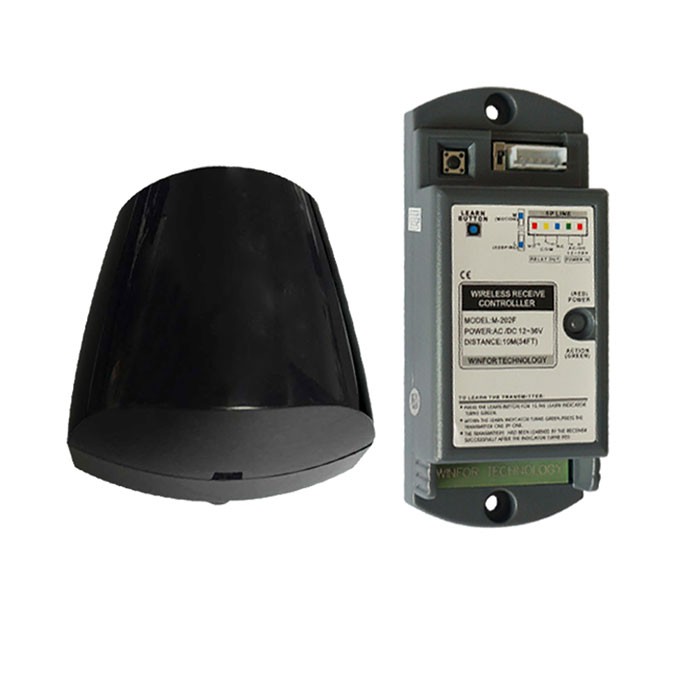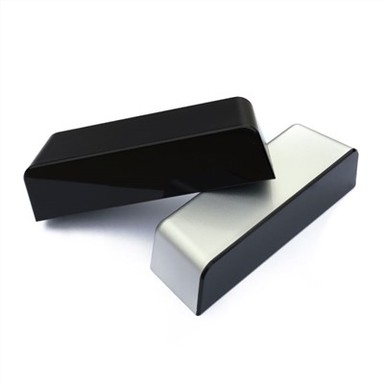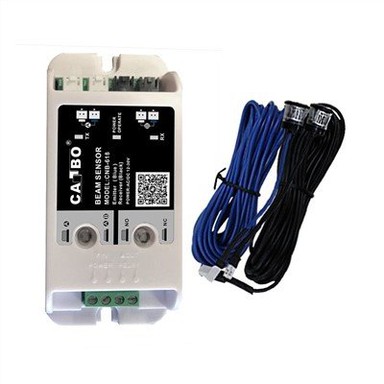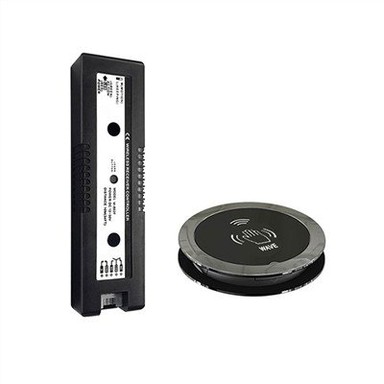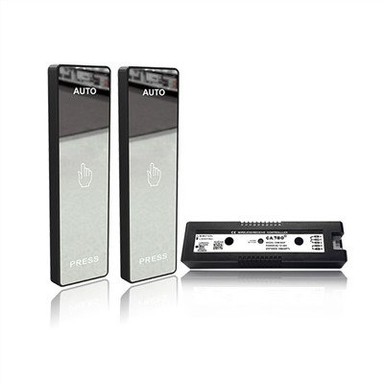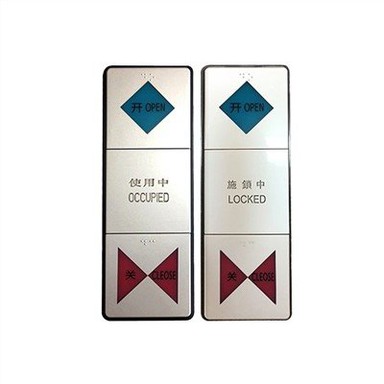Infrared Sensors Can Be Divided Into
Dec 19, 2021
(1) Convert a part of infrared rays into heat, and use the heat to extract the thermal type of output signals such as resistance value changes and electromotive force.
(2) The quantum type that utilizes the photoelectric effect of the semiconductor migration phenomenon to absorb energy difference and the photoelectromotive force effect due to PN junction.
The thermal phenomenon is commonly known as the coke effect, and the most representative ones are the Thermal Bolometer, Thermopile and Pyroelectric components.
The advantages of the thermal type are: it can be operated at room temperature, the wavelength dependence (the sensitivity of different wavelengths has great changes) does not exist, and the cost is low;
Disadvantages: low sensitivity and slow response (mS spectrum).
The advantages of quantum type: high sensitivity and fast response (μS spectrum);
Disadvantages: must be cooled (liquid nitrogen), wavelength-dependent, high price;
Infrared sensors especially use the sensitivity in the far infrared range for human detection. The wavelength of infrared is longer than visible light and shorter than radio waves. Infrared rays make people think that they are only emitted by hot objects, but in fact this is not the case. All objects that exist in nature, such as humans, fire, ice, etc., emit infrared rays, but their wavelengths are different due to the temperature of the objects. . The body temperature of the human body is about 36-37°C, and it emits far-infrared rays with a peak value of 9-10μm. In addition, objects heated to 400-700°C can emit intermediate-infrared rays with a peak value of 3-5μm.
